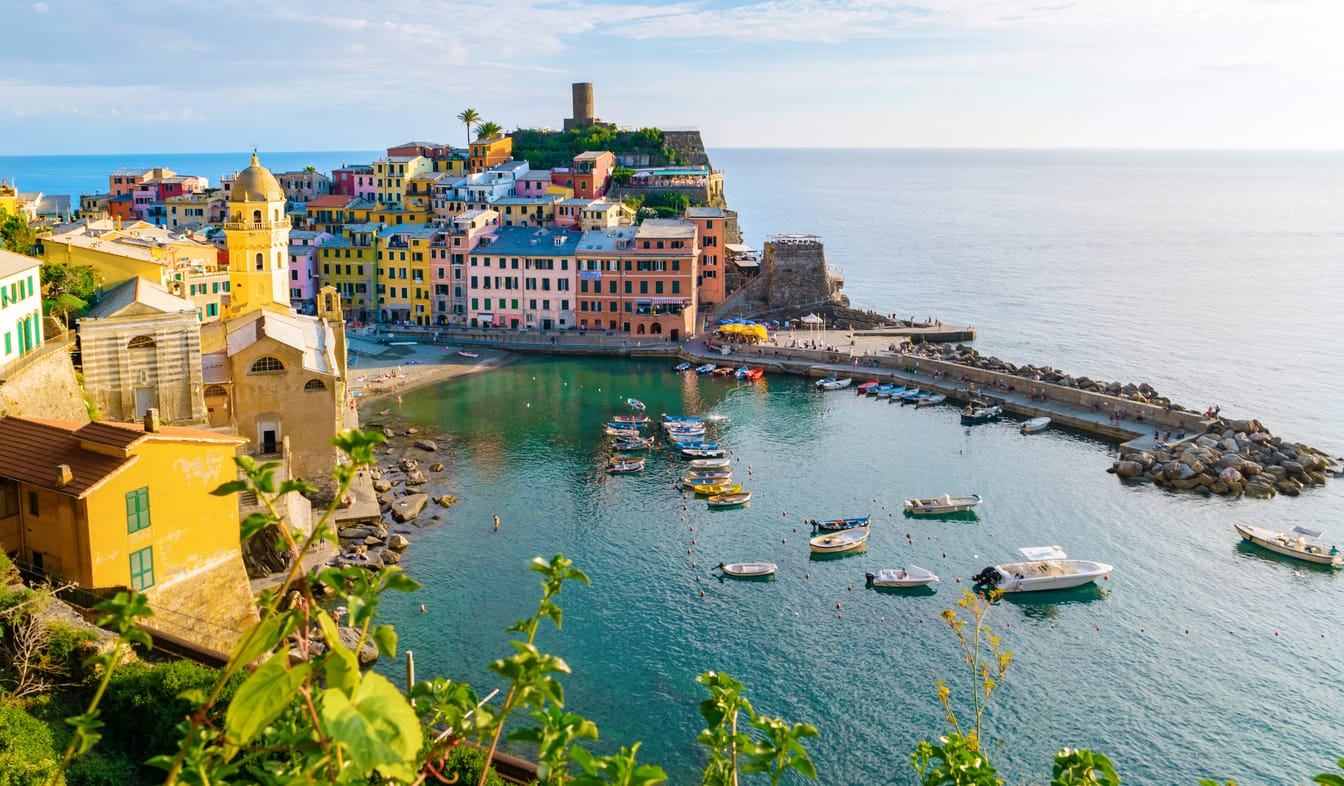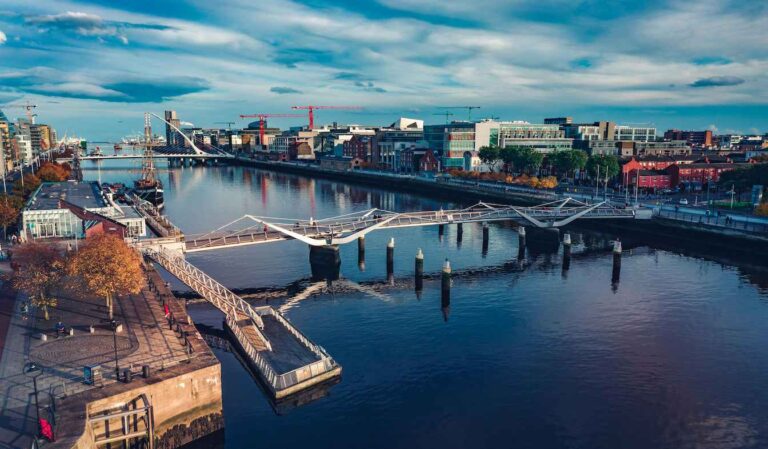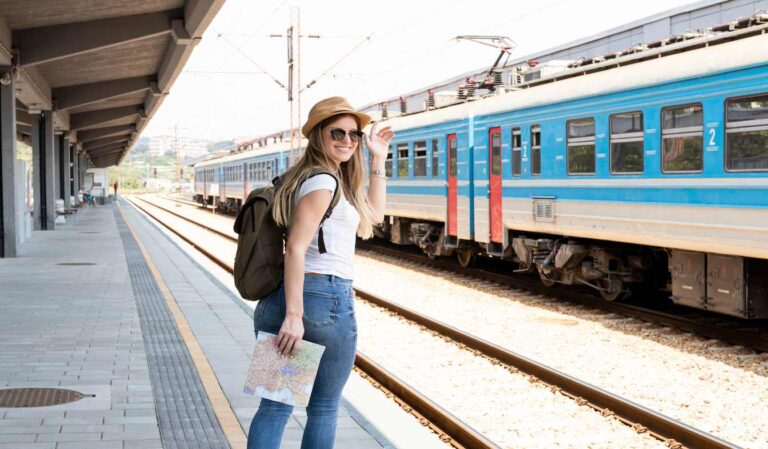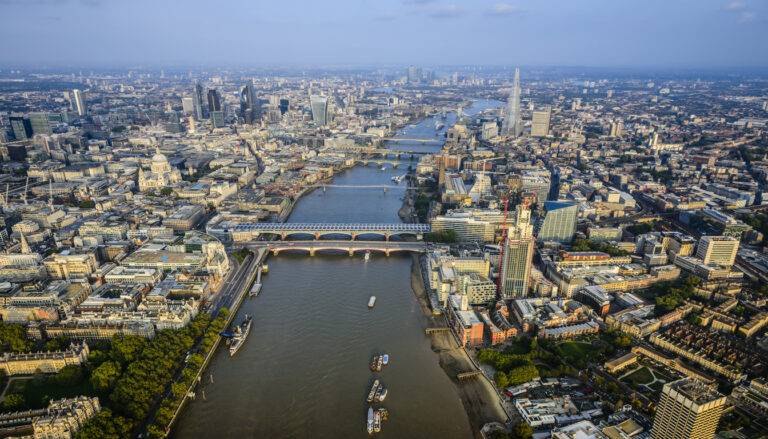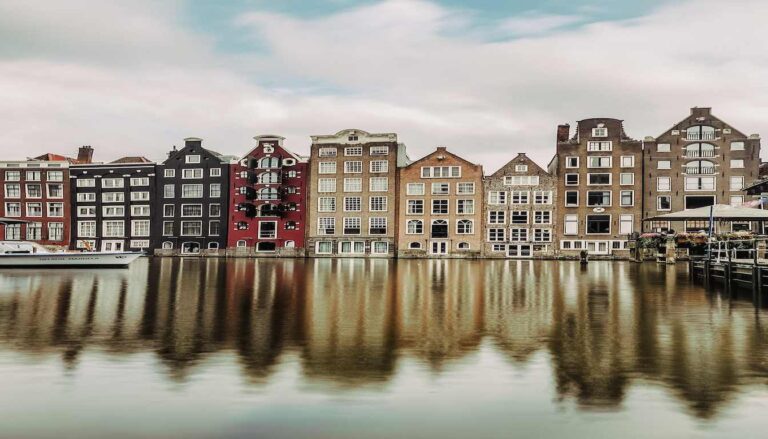Best Places to See in Italy: 10 Must-Visit Destinations
Why Italy Will Steal Your Heart (And How to Make Sure It’s the Trip of a Lifetime)
Okay, let’s be real – Italy is basically like that friend who’s impossibly good at everything. Ancient Roman ruins? Check. Mind-blowing Renaissance art? Yep. Buzzing cities, charming little villages, gorgeous beaches, dramatic mountains, and don’t even get me started on the food and wine. Plus, the people are genuinely lovely! When it comes to the best places to see in Italy, this country has literally everything.
But here’s the thing – with so many incredible options, it’s super easy to get overwhelmed and end up doing the whole “rushed tourist trap” thing. Trust me, I’ve been there! You don’t want to be that person taking selfies with a crowd of 500 other people at the Trevi Fountain at 2 PM in August (spoiler alert: it’s not fun).
This guide is different though. I’m not just gonna rattle off the same old list of places. We’re talking real, practical advice that’ll help you hit the best cities to visit in Italy while actually experiencing what makes each place special. Whether this is your first Italian rodeo or you’re coming back for round two, I’ve got you covered.
Let’s Get Strategic: Planning Your Italian Adventure Like a Pro
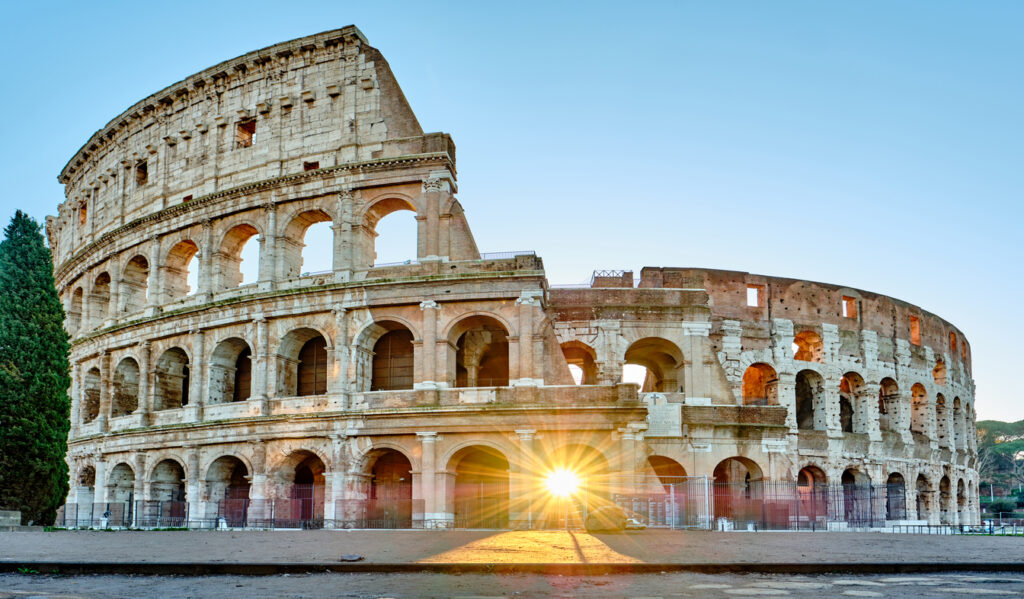
When to Go: Skip the Summer Madness (Your Wallet Will Thank You)
Listen, I get it – summer screams “vacation time!” But here’s the deal with July and August in Italy: it’s basically like visiting a very beautiful, very expensive sauna. We’re talking 100°F+ temperatures, crowds that’ll make you question humanity, and prices that’ll make your credit card weep. Even the Italians are like “nope” and head to the mountains or coast to escape!
Your sweet spot? April-May or September-October. The weather’s gorgeous, you won’t be fighting for space at the iconic landmarks in Italy, and your budget won’t hate you. Spring gives you those Instagram-worthy blooming landscapes, while fall has this magical golden light that makes everything look like a movie.
Feeling adventurous? March and November are even quieter (though you might get some rain). And winter? That’s when you get unique experiences like crazy carnival celebrations, skiing in the Dolomites, or exploring Sicily when the north is all chilly and dramatic.
Book Everything Yesterday (Seriously, Don’t Wait)
Here’s some tough love: if you want to experience the best cities to visit in Italy without major headaches, you gotta book stuff in advance. I’m talking train tickets (they get pricier as you wait), major attractions (goodbye, Vatican Museums if you don’t plan ahead), and even restaurants (the good ones fill up fast, especially the rooftop places with killer views).
Those famous spots like the Colosseum, Uffizi Gallery, and anything Vatican-related? They sell out. Book at least a week ahead, two weeks if you’re traveling during busy times. Your future self will thank you when you’re walking past those massive lines.
For getting around, trains are your best friend for city-hopping – they’re fast, clean, and way less stressful than driving in Italian cities (trust me on this one). But if you want to explore places like Tuscany’s countryside or Puglia’s hidden gems, rent a car. Just maybe practice your Italian horn-honking first!
Pack Smart and Stay Connected
Italians take their style seriously, so leave the hiking boots and flip-flops for actual hiking and beach days. In cities, you’ll want to blend in a bit – think “effortlessly chic” rather than “I’m clearly a tourist.” And definitely cover up for churches (shoulders and knees) or you’ll be buying overpriced scarves from street vendors.
Pro tip on SIM cards: make sure you understand how to use the thing before you leave the store. Nothing worse than being lost in Rome with a phone that doesn’t work!
Navigate Like a Local (And Avoid the Rookie Mistakes)
Want to actually enjoy those famous sights? Skip the 11 AM – 2 PM rush hour. Go early (like 9-ish) or later (after 3 PM) when the crowds thin out.
Here’s something cool about Italian culture: “La Bella Figura” – basically, making a good impression matters. Dress nicely, be polite, don’t be super loud, and treat service staff with respect. It’s not rocket science, but it’ll make your experience so much better.
And heads up – Italian customer service isn’t like the American “customer is always right” thing. It’s more relaxed, tips aren’t expected (though appreciated), and returning stuff isn’t as easy. Just roll with it!
Watch out for pickpockets and scammers around tourist spots and train stations. Wear your bag in front, don’t take free stuff from strangers, and just use common sense.
Oh, and about the food – please don’t ask for chicken parm with spaghetti. Italian food is regional and amazing as it is. Also, don’t expect arctic air conditioning or tons of ice in your drinks. It’s just not how they roll.
The Greatest Hits: Must-See Italian Destinations
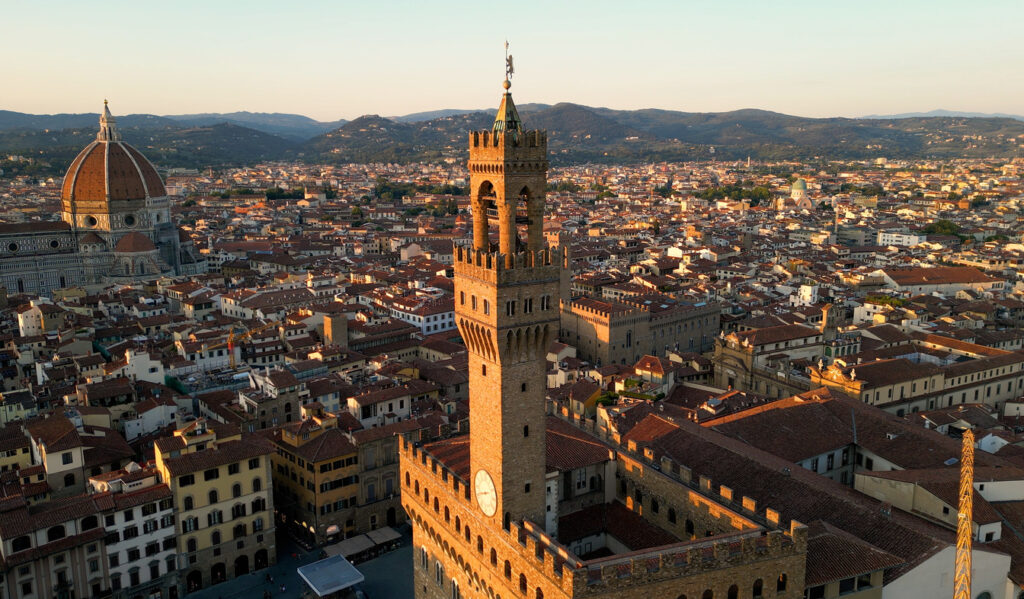
Rome: The Eternal City (Give It 3-5 Days)
Rome is like stepping into a history book that someone spilled wine on and made infinitely more interesting. The iconic landmarks in Italy are all here: Colosseum, Roman Forum, Pantheon, Trevi Fountain, Vatican with the Sistine Chapel – it’s honestly overwhelming in the best way.
But don’t just hit the tourist spots! Wander through Trastevere for authentic vibes, check out the crazy-busy Campo de’ Fiori market, or explore the massive Baths of Caracalla (way fewer crowds, equally impressive).
One day gives you a taste, 2-3 days lets you see the main stuff without running around like a maniac, and 5-7 days means you can really dig into the city’s layers. Rome wasn’t built in a day, and you shouldn’t try to see it in one either!
Florence & Tuscany: Art, Wine, and Rolling Hills (3-5 Days)
Florence is basically Renaissance heaven. The Duomo will make your jaw drop, the Uffizi Gallery houses some of the world’s most famous art, and seeing Michelangelo’s David in person is… well, it’s something else. Plus, the views from Piazzale Michelangelo are chef’s kiss perfect.
But here’s where it gets really good – rent a car and explore Tuscany! Siena’s got this gorgeous cathedral, Pisa has the wonky tower (definitely worth a half-day), Lucca’s got these cool medieval walls you can walk on, and San Gimignano looks like a medieval fantasy.
And the food and wine? Forget about it. Chianti, Brunello, cooking classes in actual Tuscan farmhouses – this region is basically designed to make foodies lose their minds.
Spend 1-2 days in Florence, then give yourself a few more days to explore the countryside. You’ll want to move here by the end of it.
Venice: The Floating City That Shouldn’t Exist (2-3 Days)
Venice is weird and wonderful and completely unique. Yeah, the gondola ride might feel touristy, but honestly? Do it anyway. St. Mark’s Square, the Doge’s Palace, the Grand Canal – it’s all pretty magical.
Don’t just stick to the main island though! Hop over to colorful Burano (the houses are like a rainbow exploded) and Murano (watch them make glass art). And definitely try cicchetti – it’s like Italian tapas but better.
One day covers the basics, two days lets you explore properly and hit the islands, three to four days if you really want to soak up the unique vibe. Just prepare for a lot of walking on bridges!
Amalfi Coast & Naples: Dramatic Views and Amazing Pizza (3-5+ Days)
The Amalfi Coast is ridiculously beautiful – like, almost offensively pretty. Positano, Amalfi, Ravello, they’re all stunning. Capri’s Blue Grotto is touristy but incredible, and if you’re feeling active, hike the Path of the Gods for views that’ll break your Instagram.
Naples gets overlooked, but it’s fantastic – gritty, authentic, and home to the world’s best pizza (fight me). The historic center is wild, and the Veiled Christ sculpture will give you chills.
And if you’re into history, Pompeii and Herculaneum are mind-blowing. These ancient cities were literally frozen in time by a volcano. It’s heavy stuff but absolutely fascinating.
Give yourself at least 3-5 days to really enjoy this area without rushing around like a crazy person.
Hidden Gems: Beyond the Postcard Perfect Spots
Northern Italy’s Best Kept Secrets
The Italian Lakes are stunning and way more chill than the famous cities. Lake Garda’s got charming towns like Sirmione, Lake Como has those fancy villas and gorgeous Bellagio, and Lake Orta is like a fairy tale with fewer crowds.
The Dolomites? Pure mountain magic. Perfect for hiking in summer, skiing in winter, and taking photos that’ll make your friends jealous year-round. Tre Cime di Lavaredo and Lake Braies are absolutely unreal.
Skip the crazy-crowded Cinque Terre and check out other Italian Riviera spots like Camogli or Portofino. Similar beauty, way fewer people stepping on your feet.
Emilia Romagna is Italy’s best-kept secret for food lovers. Bologna (amazing university town with incredible food), Ravenna (mind-blowing mosaics), Parma (cheese and ham heaven), Modena (balsamic vinegar paradise). Plus tiny San Marino feels like a real-life fairy tale.
Milan’s not just fashion and business – it’s got the incredible Duomo and Da Vinci’s Last Supper. Plus it’s super convenient for day trips to Lake Como or romantic Verona (yes, Romeo and Juliet’s city).
Turin in Piedmont makes some of Italy’s best wine (hello, Barolo!) and has an amazing Egyptian museum. Plus, the chocolate is incredible.
Southern Italy: Where Things Get Really Interesting
Puglia (the “heel” of Italy) is absolutely gorgeous and still feels undiscovered. Those unique trulli houses in Alberobello are like something from a storybook, and the beaches rival the Maldives. Seriously.
Sicily is huge and diverse – ancient Greek temples, active volcanoes (Mount Etna!), incredible food that’s totally different from mainland Italy. Taormina, Syracuse, Palermo – each city has its own personality.
Sardinia’s all about those crystal-clear waters and white sand beaches. It’s perfect for both lounging and adventure, plus it has this unique culture that’s distinctly non-Italian.
Umbria is like Tuscany’s cooler, less crowded cousin. Gorgeous hilltop towns (Assisi is spiritual and beautiful), amazing truffles, great wine, and you won’t be fighting crowds for photos.
Matera is wild – you can literally sleep, eat, and shop in ancient caves. It’s a UNESCO site and looks so otherworldly that movies love filming there.
Live Like a Local: The Real Italian Experience
Eat Like You Mean It
Every region has its own food specialties, so do a little homework before you go. What’s amazing in Rome might not even exist in Sicily, and that’s the beauty of it!
Coffee culture myths are mostly BS. You can have a cappuccino after 11 AM if you want – just maybe not right after a big meal. But definitely experience Italian coffee culture, especially in Naples where they’ve perfected it.
Try granita in Sicily (it’s like the world’s best slushie), learn to spot good gelato (natural colors, not Day-Glo bright), and consider food tours or cooking classes. They’re touristy but genuinely fun and educational.
Embrace “Dolce Far Niente” (The Sweet Art of Doing Nothing)
Don’t try to see everything in one trip. Italy is meant to be savored, not rushed through like you’re checking items off a grocery list. Pick fewer places, stay longer, talk to locals, wander aimlessly. That’s where the magic happens.
Get Active (But Wear Good Shoes!)
Italian cities are old and cobblestoned, so you’ll be walking a lot – like 20,000 steps a day a lot. Pack comfortable shoes and maybe hit the gym before you go!
But the hiking and biking opportunities are incredible. The Path of the Gods, Dolomites trails, cycling Lucca’s walls, converted railway paths – there are so many ways to see Italy from unique perspectives.
AI Trip Planning: Because It’s 2025 and Why Not?
Let Technology Be Your Travel Buddy
AI tools like ChatGPT and Claude can actually be super helpful for trip planning. They can whip up itineraries, summarize info, suggest what to pack, and brainstorm unique experiences. Just remember – garbage in, garbage out. The more specific you are, the better help you’ll get.
How to Talk to AI Like a Pro
Use the “Role + Task + Format + Constraints” approach. Like: “Act like a local food expert in Bologna. Create a 3-day eating itinerary focusing on traditional dishes under 30 euros per meal. Format it as a daily schedule with restaurant recommendations and what to order.”
Be specific about what you want, how you want it presented, and any limitations (budget, dietary restrictions, travel style, etc.).
Make Your Content Work for You
If you’re blogging about your trip, structure your content well, include FAQ sections, and use natural language that actual humans would search for. AI systems are getting better at understanding context, so write like you’re talking to a friend (which, hey, is what I’m doing here!).
Your Amazing Italian Adventure Awaits!
Look, Italy has everything – from world-famous iconic landmarks in Italy to secret spots that’ll make you feel like you discovered them first. The best places to see in Italy are as diverse as they are incredible, whether you’re into ancient history, Renaissance art, natural beauty, or just really, really good food.
Plan smart, stay flexible, embrace the unexpected detours (they’re often the best part), and remember – this isn’t just a vacation, it’s the start of a lifelong love affair with one of the world’s most amazing countries.
So what are you waiting for? Your Italian adventure is calling, and trust me, it’s going to be absolutely incredible!

